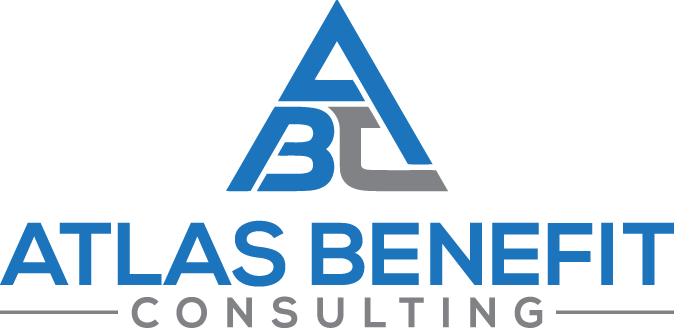2020 was a hard year for almost everyone. Many businesses suffered, supplies decreased while demands increased, and multitudes of offices reduced or eliminated their in-office employees at least temporarily. Veterans have felt the consequences of this with benefits claims taking much longer than usual, largely due to Covid shutdowns that started in the spring of 2020 in the National Personnel Records Center (NPRC). Without people in the office to receive, digitize, and process, claims did not addressed in a timely manner.
Before the Covid pandemic, there were an estimated 70,000 backlogged disability claims in Veterans Affairs. As of spring 2021, that number was around 210,000. Veteran Affairs reported that the number of backlogged claims has been reduced by 10% in the last few weeks, but that realistically it will be the end of 2022 before numbers go back down to pre-Covid amounts.
What qualifies as a backlogged claim, and what does it mean for benefit pay?
A claim is considered backlogged once it’s been pending for at least 4 months. For the backlogged claims that do get approved eventually, the veteran will receive back pay to the date the claim was filed. Technically, benefit pay isn’t lost during the waiting. But it definitely puts a financial strain on many veterans waiting for the benefits to start. It can also be taxing on their emotional and mental health, having to wait and not knowing if and when things will be approved.
Backlogged claims first garnered national attention and concern in 2013, when overdue claims numbered around 610,000. Claims had increased drastically leading up to this backlog, due to Congress approving benefits for additional illnesses and conditions relating to Agent-Orange. This massive backlog was one of the driving catalysts for digitizing VA records.
What is Being Done?
- In Spring 2021, Covid vaccinations were given to the National Archives and Records Administration employees, allowing them to be back in the office and processing claims.
- The VA temporarily allocated around 60 staff to the NPRC offices to help catch up.
- In March, Congress approved the “American Rescue Plan”, which allocated $150 million to the VA to digitize NPRC files. This move will further help speed up record retrieval and claim processing over time.
These measures have already led to some good results. It’s now taking around 2-3 days for a VA record request to process, which is faster than even before the pandemic began.

What Does That Mean Moving Forward?
Even with new measures in place to help catch up on backlogged claims and decrease record gathering and processing time, there is still the matter of facing a substantial amount of claims and cases to get through.
- VA reports a current workload of around 500,000 cases. Almost 40% of those 500,000 cases have been waiting for more than 125 days, getting close to becoming officially backlogged.
- Backlogged claims may increase even more this year. Congress may pass pending legislation that adds more respiratory illnesses, cancers and other things that are thought to be connected to burn pit exposure overseas, and other military toxic exposures. This will provide more disability benefits to tens of thousands of veterans, which is great! It will also increase the amount of disability claims needing to be processed.
- Additional illnesses being approved for disability benefits is a positive thing. However, more measures need to be in place to be able to support the huge increase in claims these new disabilities will create.


